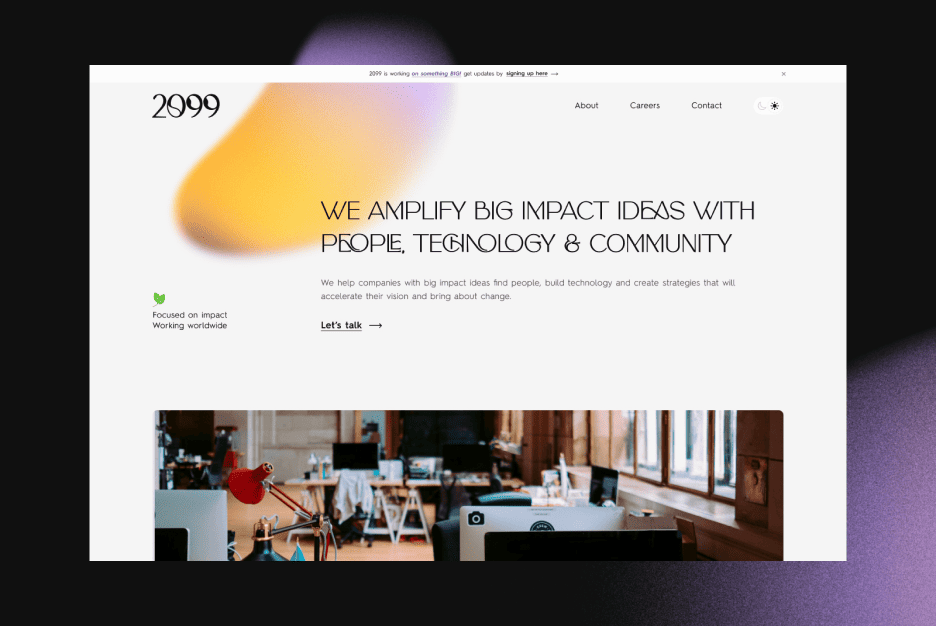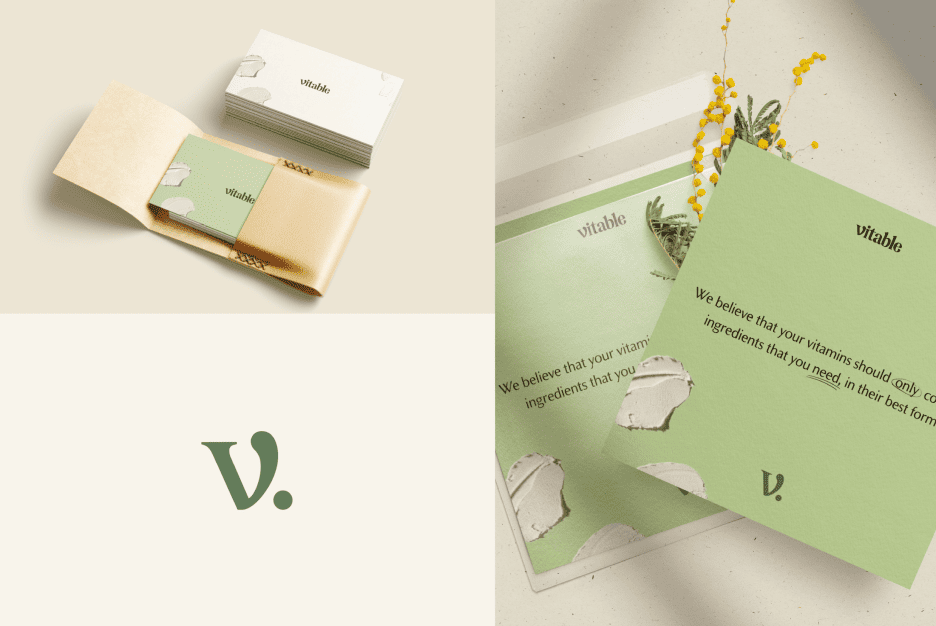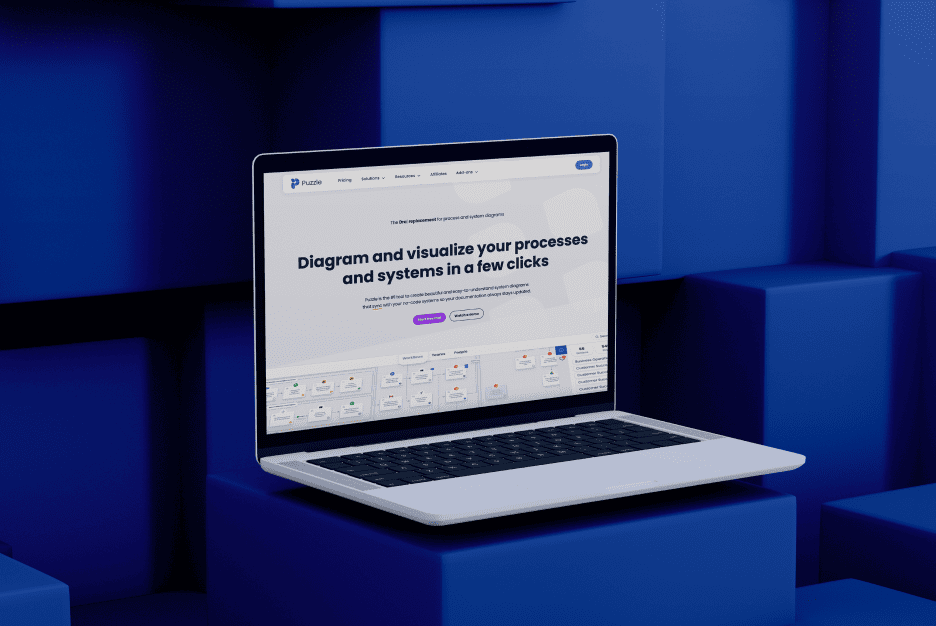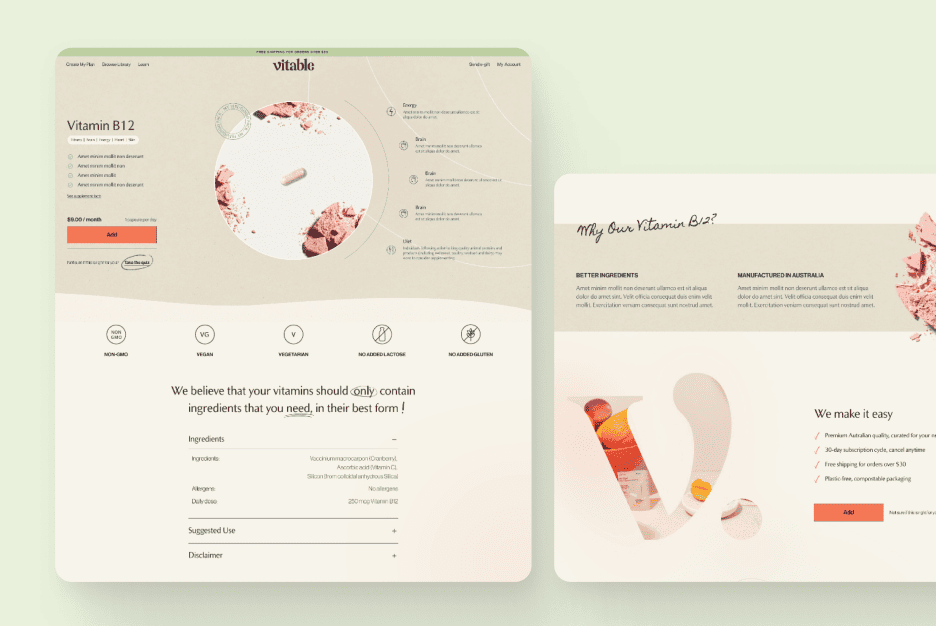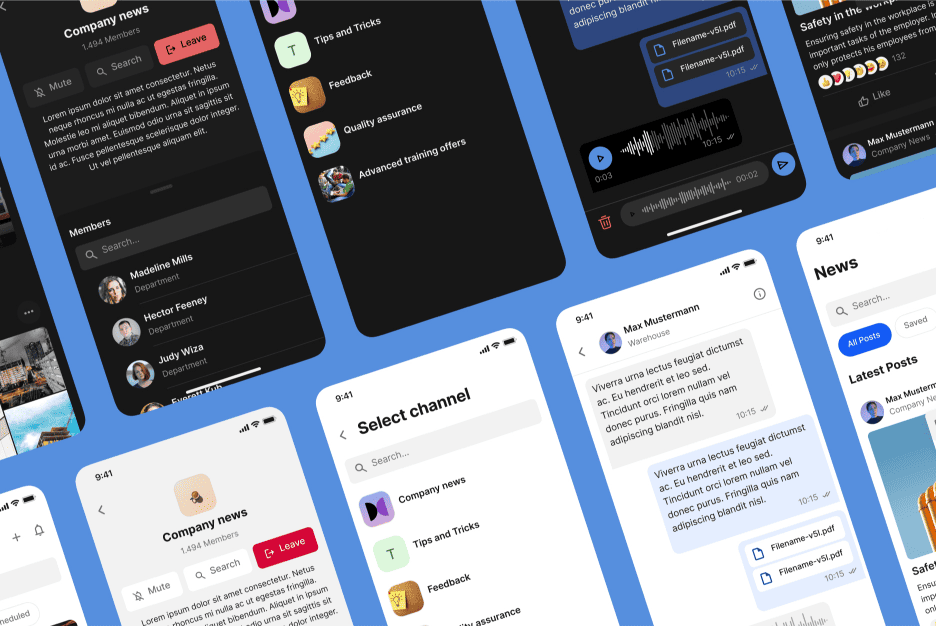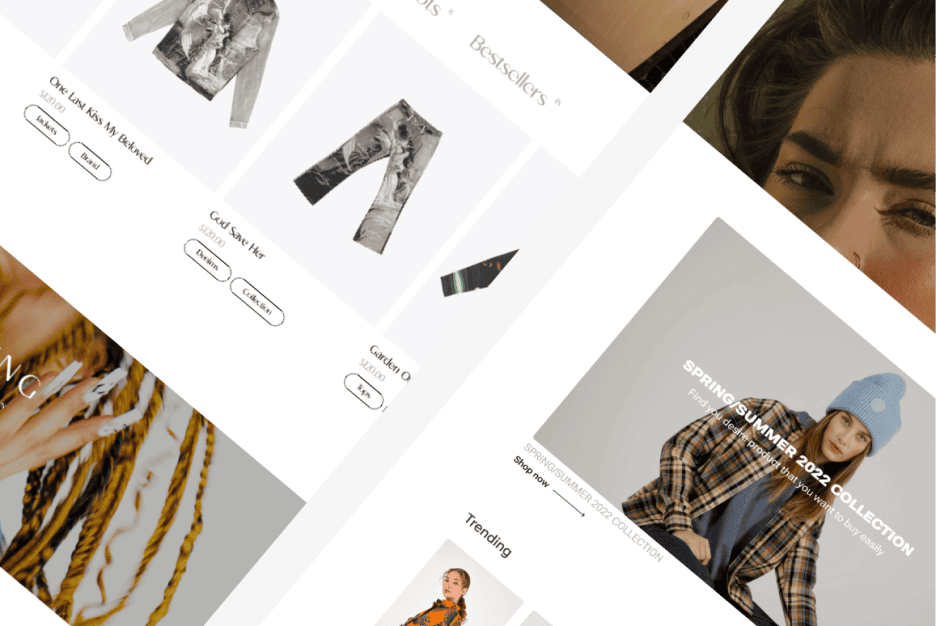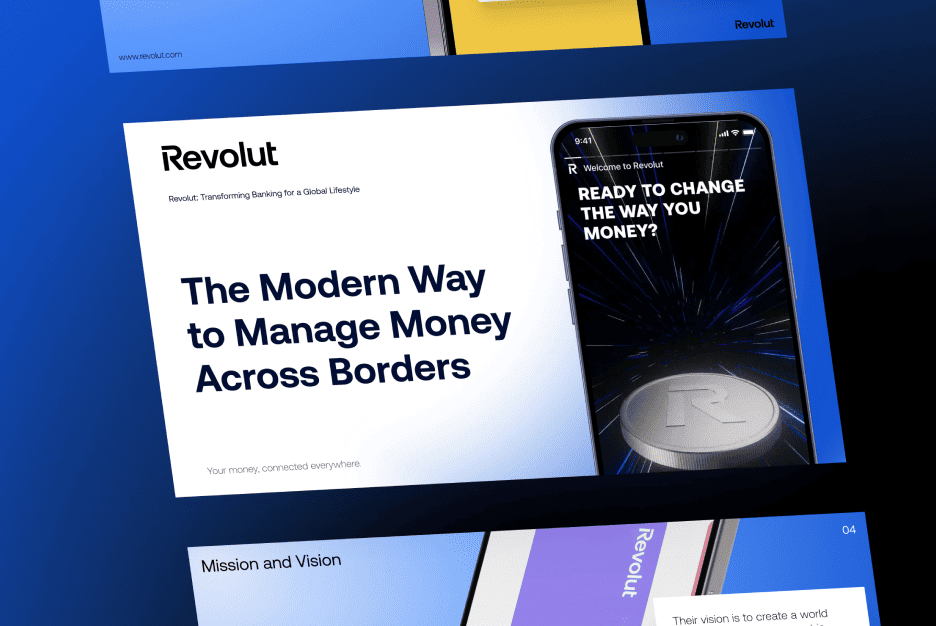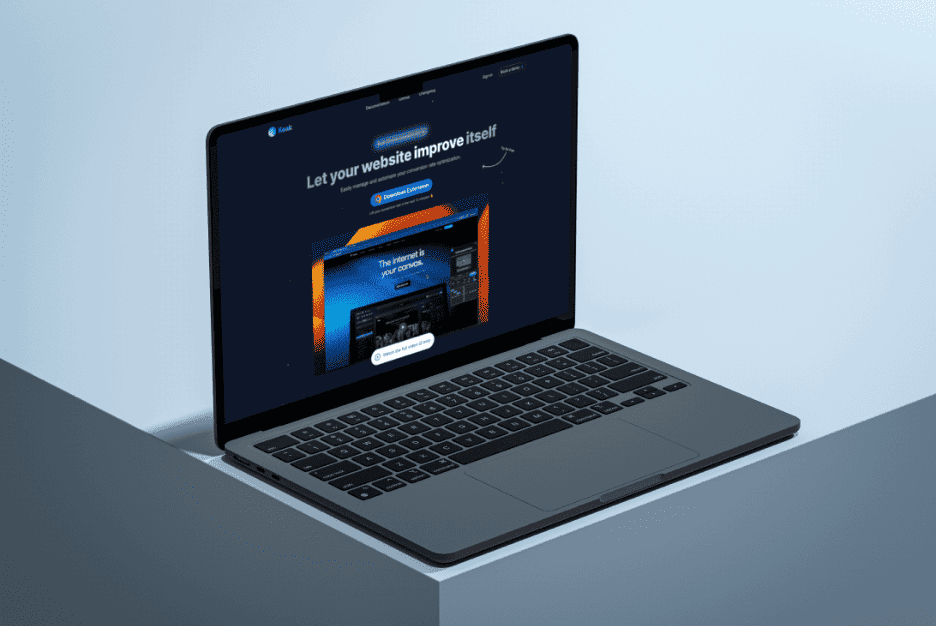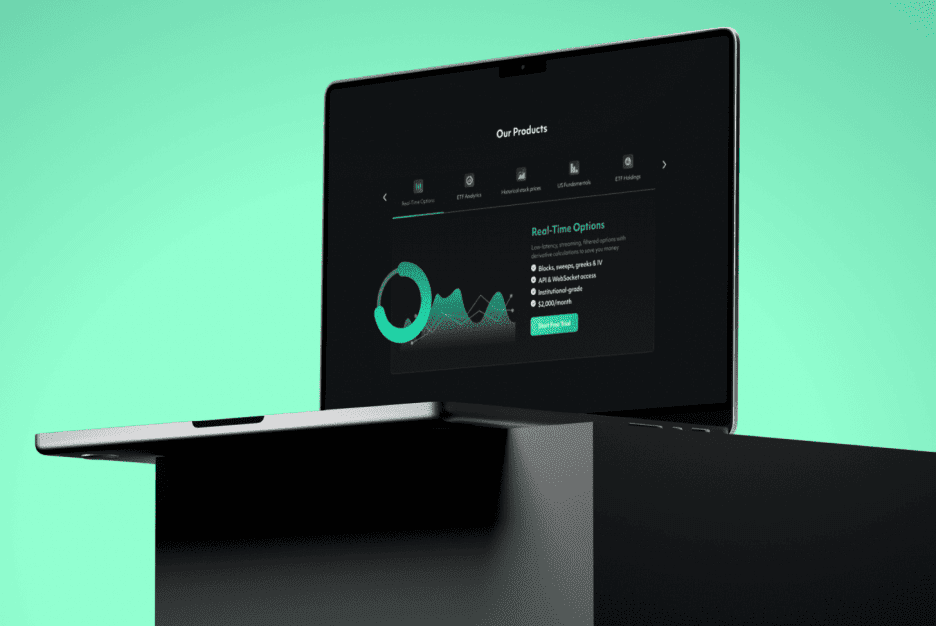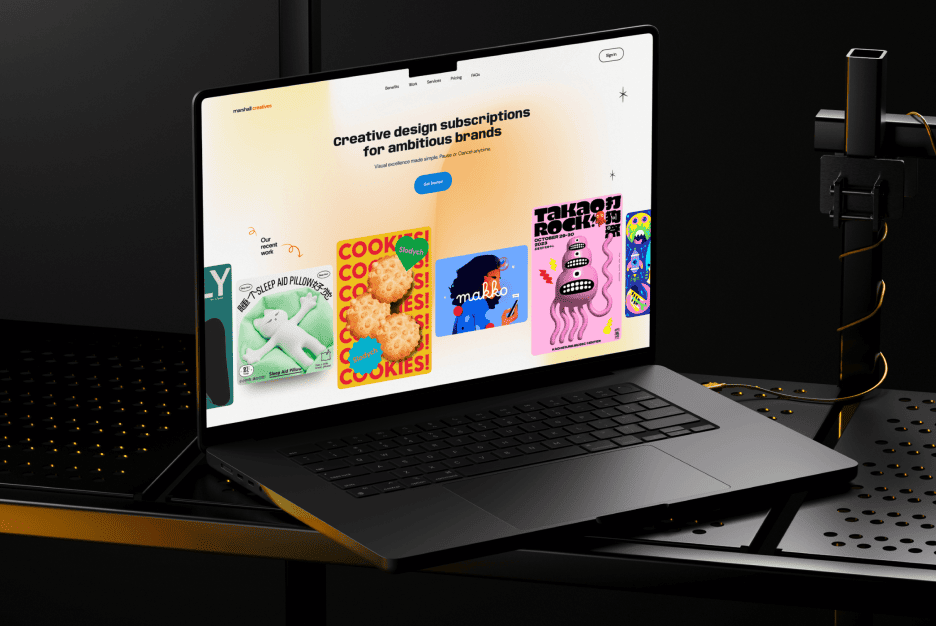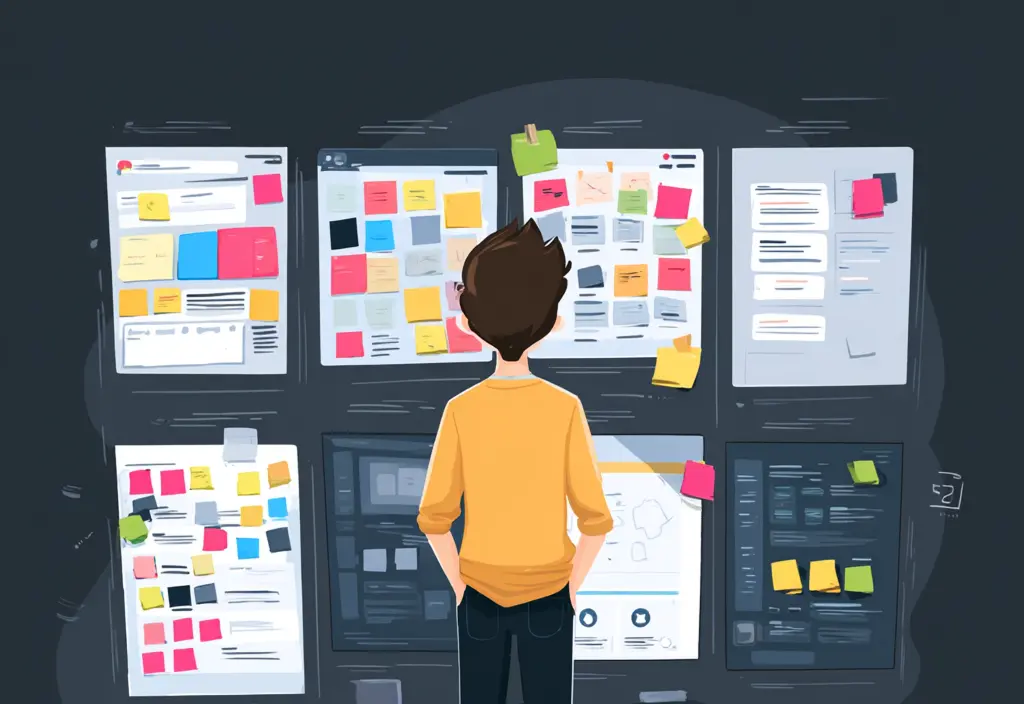Big design projects can feel like juggling flaming torches while riding a unicycle. There’s a constant push and pull between creativity, deadlines, and keeping everyone in sync. Let’s dig into how smart teams tame that chaos and even have fun along the way.
Entering the World of Complex UI/UX Projects
If you’ve ever worked on a massive digital product, you know the mix of excitement and mild panic it brings. Multiple screens, tons of stakeholders, endless prototypes—each piece feels like a puzzle with shifting edges.
Modern teams lean on more than just sleek visuals; they blend art with structure. Whether you’re exploring fresh Font Trends for a bold look or perfecting tiny Micro-UX touches, the real challenge is balancing imagination with solid planning.
Why Design Management Needs a Unique Approach
Design isn’t factory work. People are involved—each with different ideas, tastes, and priorities. Without a flexible method, you risk endless revisions and late-night “urgent” messages.
Unlike typical development cycles, creative projects need room to experiment. A sharp grasp of user Psychology helps here: understanding why people click, swipe, or abandon a flow guides every decision and saves hours of rework.
Key Challenges in Large-Scale Products
Massive projects come with their own headaches. Coordinating designers and developers across time zones is just the beginning.
You’ll also face tricky approval chains and last-minute pivots. A quick checklist many teams swear by:
- Clear communication so no one’s left guessing
- Flexible planning to handle inevitable curveballs
- Shared tools that keep design files and feedback in sync

Agile as a Philosophy for Effective Design
Agile isn’t just a buzzword; it’s a mindset. Instead of locking everything down for months, teams iterate fast and adjust as they learn.
Short feedback loops let you test user flows early. Whether you’re tweaking a navigation bar or exploring those Font Trends again, Agile keeps ideas evolving with real user input instead of pure guesswork.
Scrum in the Daily Life of UI/UX Specialists
Scrum breaks big goals into bite-sized sprints—perfect for design work. Designers and developers huddle for quick stand-ups, share progress, and spot blockers before they become disasters.
The real win is transparency. Everyone knows the next step, and priorities stay crystal clear, even when stakeholders throw in last-minute “must-haves.”
Kanban for Visibility and Smooth Task Flow
Kanban boards are like a designer’s command center. Cards move from “To Do” to “Done,” giving the team a visual heartbeat of the project.
This method shines when tasks vary in size and complexity. You can spot bottlenecks at a glance, making it easier to keep work moving without frantic status meetings.
Design Sprints for Fast Experiments and Prototyping
Sometimes you just need speed. Design sprints condense weeks of work into a few intense days, pushing teams to brainstorm, prototype, and test with real users fast.
It’s a creative adrenaline rush. By the end of a sprint, you’ve either validated a concept or learned enough to pivot, saving time and energy down the road.

Mixing Agile, Scrum, Kanban, and Design Sprints in One Project
The magic often happens when you blend methods. Agile’s flexibility, Scrum’s structure, Kanban’s clarity, and sprint energy can work together if you tailor them to your team.
Here’s a simple combo many teams love:
- Use Agile principles for overall planning
- Run Scrum sprints for focused progress
- Keep a Kanban board to visualize flow
- Drop in a design sprint when quick testing is needed
Success Metrics and Design Results Analysis
Tracking progress is key. Beyond deadlines, smart teams monitor engagement rates, task completion times, and user satisfaction to gauge real impact.
Don’t ignore SEO metrics either. A gorgeous interface that’s impossible to find in search results isn’t helping anyone. Measure, refine, and let data guide your next round of improvements.
Real-World Stories of Successful UI/UX Project Management
Look at companies like Airbnb or Figma. They didn’t just wing it—they combined process discipline with creative freedom.
These teams embraced quick iterations, focused on Micro-UX details that delight users, and relied on data-driven decisions. The result? Products people actually love to use and talk about.
